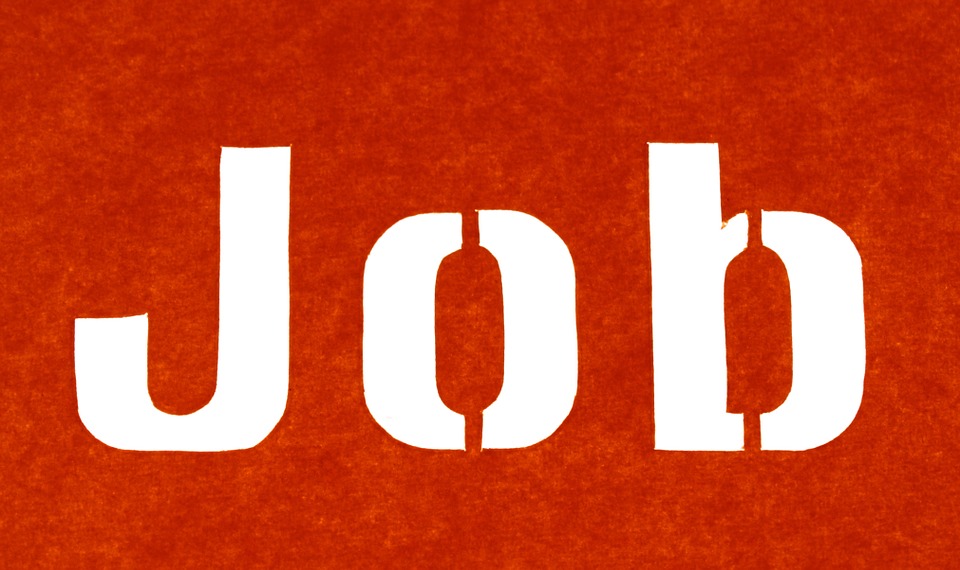Nearly 800,000 households across the UK could be at risk of home repossession if they suffer a loss of income, according to analysis by a think-tank.
The Social Market Foundation said that of the 770,000 it calculates may be at risk of repossession, a quarter (26%) work in retail or manufacturing, sectors badly hit by the pandemic.
SMF research funded by the Building Societies Association (BSA) suggests more than one in 10 owner-occupiers do not have enough savings to cover a single month’s mortgage payment.
A ban on home repossessions has been put in place as part of coronavirus support measures and borrowers have also been able to take mortgage payment holidays.
Opinium polling of 2,000 mortgage-holders commissioned for the SMF found 29% had seen their household savings decrease during the pandemic.
To find out more about how we can assist you with your Second Charge Mortgage please click here
Close to 800,000 home-owners could be at risk of losing their home during these turbulent economic times
Scott Corfe, Social Market Foundation
Nearly half (46%) of mortgage-holders on incomes up to £20,000 said they have seen their savings decline.
The SMF suggested that a time-limited hardship grant could protect households from building up additional financial burdens.
Research director Scott Corfe said: “Close to 800,000 home-owners could be at risk of losing their home during these turbulent economic times.”
Paul Broadhead, head of mortgages and housing at the BSA, said: “With the growth in wealth and income inequality as a result of the Covid-19 pandemic, it’s now more important than ever to look at all possible options that could help home-owners who are struggling to meet their mortgage payments beyond lender forbearance.
“There isn’t one single solution that will support all those in need. Stakeholders, including Government and lenders, need to work together to ensure that home-owners and families, whether they’re dealing with temporary or longer lasting financial difficulties, have the best chance of overcoming their difficulties and enjoy a home which is financially sustainable.
“I hope that the findings in this independent report will stimulate debate and that a range of flexible and compassionate options can be found to create positive futures for those whose prospects may currently feel pretty bleak.”
The SMF analysed the Wealth and Assets Survey as part of its research.
By Vicky Shaw
Source: Belfast Telegraph
Discover our Second Charge Mortgage Broker services.








